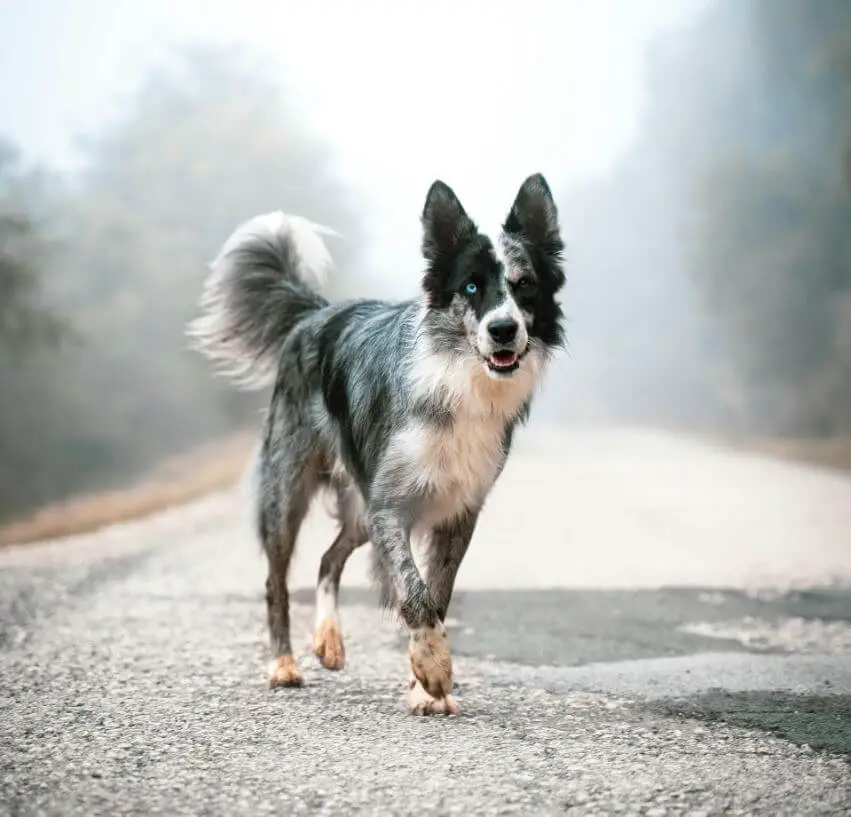Tail wagging is one of the most endearing and widely recognized canine behaviors. While often interpreted as a sign of happiness, tail wagging is actually a complex form of communication that can convey a variety of emotions and intentions in dogs. Here’s a deeper look into the reasons why dogs wag their tails:

Communication of Emotions:
- Happiness and excitement: This is the most common interpretation, and dogs often wag their tails enthusiastically when they’re happy, excited, or greeting someone familiar. The intensity and speed of the wag can also indicate the level of excitement.
- Playfulness: Wags accompanied by playful body language like bouncing and bowing might indicate an invitation to play.
- Anxiety or nervousness: In some situations, a wagging tail can also signify anxiety or nervousness. The wag might be less vigorous and accompanied by other signs like tucked ears or flattened body posture.
- Appeasement or submission: A slow, low wag with the tail held between the legs can indicate appeasement or submission, especially when approaching another dog or unfamiliar person.
Factors influencing tail wagging:
- Tail position: The position of the tail at rest can also influence the meaning of the wag. A naturally high tail held up might signify confidence or alertness, while a low tail held between the legs might indicate fear or submission.
- Direction of the wag: While not always definitive, some research suggests wags to the right might indicate positive emotions like happiness, while wags to the left might be linked to more negative emotions like anxiety or fear.
Individual differences:
It’s important to remember that every dog is an individual, and their communication style can vary. Observing your dog’s overall body language and context is key to accurately interpreting the meaning behind their tail wag.
In conclusion, tail wagging in dogs is a valuable communication tool that goes beyond simply expressing happiness. By understanding the various factors influencing their wags, you can gain valuable insights into your dog’s emotional state and build a stronger bond with your furry companion.
